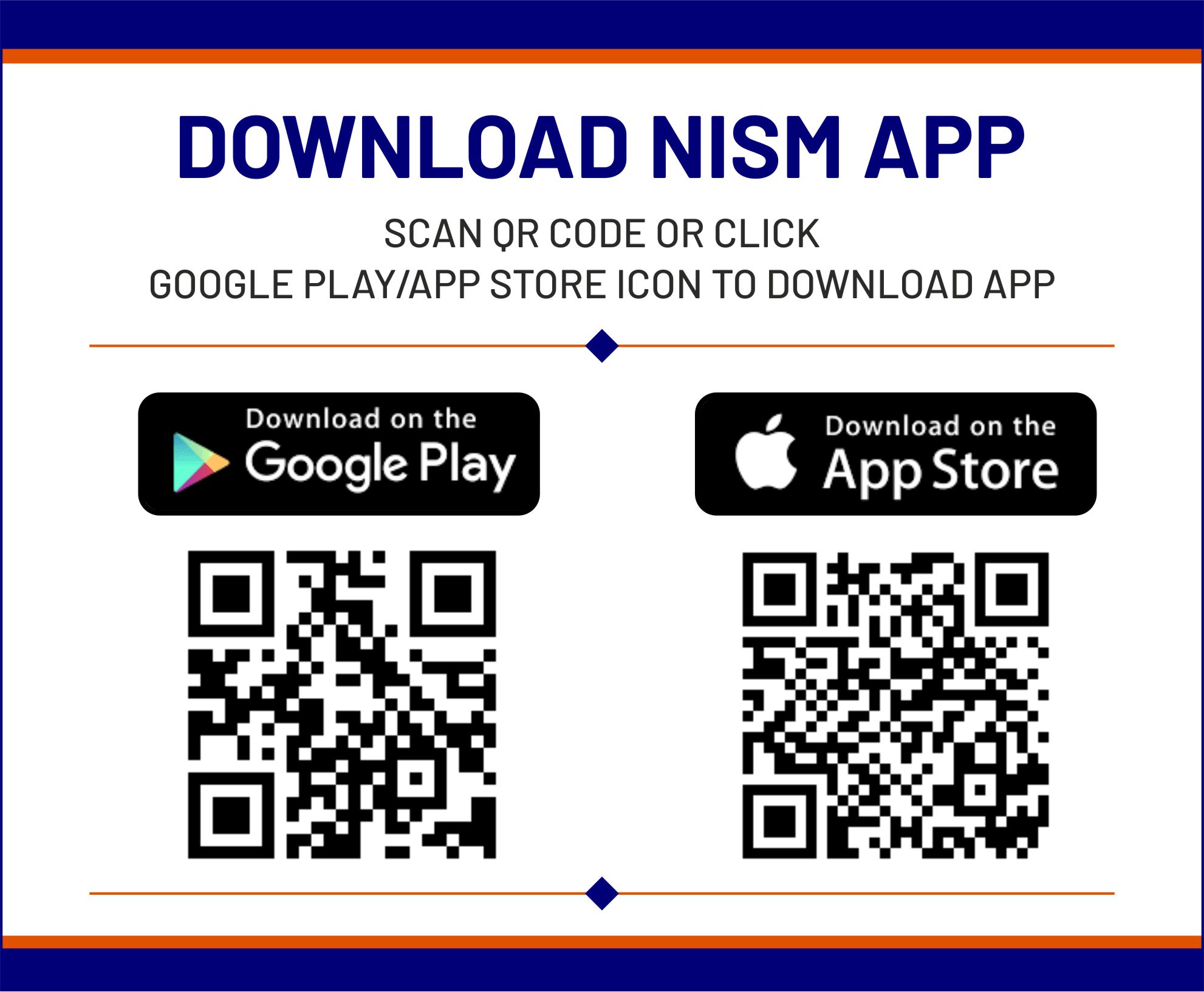Test Objectives – Currency Derivatives Certification Examination (w.e.f. November 30, 2022)
Unit 1: Introduction to Currency Markets
1.1 Know the brief history of foreign exchange markets
1.2 List major currency pairs
1.3 Understand the basics of currency markets (such as base currency, quotation currency, two way quotes, currency appreciation/depreciation, price benchmarks, FBIL reference rate, value date, OTC forward market, etc.) and peculiarities in India
1.4 Calculate cross rates (know the computation of exchange rate arithmetic)
1.5 Discuss the impact of economic factors on currency prices
1.6 Describe key economic indicators and their impact on currency market (such as GDP, retail sales, industrial production, consumer price index, nonfarm payrolls, etc.)
Unit 2: Foreign Exchange Derivatives
2.1 Define the term Derivatives as per the SC(R)A
2.2 Understand the key economic functions of derivatives
2.3 Recognize various derivative products such as forwards, futures, options, swaps
2.4 Know the factors driving the growth of financial derivatives
2.5 List various market players in the Currency Derivatives market
2.6 Compare exchange-traded and over-the-counter Derivatives
2.7 Know the rationale for introducing exchange traded currency derivatives in India
Unit 3: Exchange Traded Currency Futures
3.1 Define currency futures and understand the basic terms used in currency futures contract
3.2 Draw pay-off diagram of futures
3.3 Know the contract specification of Exchange Traded Currency Futures (INR pairs, Cross-currency contracts, weekly/monthly expiries) including underlying assets, spot price, futures price, contract cycle, tick size, value date, expiry date, trading cycle, contract size, market timings, etc.
3.4 Understand tick size and its relation to the minimum change in the contract value
3.5 State the advantages and limitations of futures contracts in comparison to forwards
3.6 Understand the concept of interest rate parity and its role in pricing of currency futures
Unit 4: Exchange Traded Currency Options
4.1 Define options and basic terms used in options contracts
4.2 Differentiate between futures and options contracts in terms of rights and obligations of buyers and sellers
4.3 Distinguish between European and American options and their significant differences
4.4 Understand the concept of Moneyness of an option and define ITM, ATM and OTM options
4.5 List the determinants of option price and the impact of these factors on the value of calls and puts and understand option greeks with suitable examples
4.6 Outline the commonly used models for options pricing
4.7 Understand the concept of “Implied Volatility”
4.8 Draw the payoff diagrams of put options and call options
4.9 Know the contract specifications for currency options contracts (INR pairs, Cross-currency contracts, weekly/monthly expiries)
4.10 State the advantages and limitations of Exchange Traded Option contracts in comparison to OTC Option Contracts
Unit 5: Strategies Using Exchange Traded Currency Derivatives
5.1 Understand the role of hedgers, speculators and arbitrageurs in currency derivatives markets
5.2 Understand various option trading strategies and draw their payoff diagrams
5.3 Explain how currency derivatives can be used for hedging various kinds of FX exposures
5.4 Discuss how currency derivatives can be used for speculative transactions
5.5 Describe some of the trades that arbitrageurs execute using currency derivatives contracts
5.6 Understand the concept of spread and spread trading using currency derivatives contracts
5.7 Understand the limitations of currency derivatives for hedgers
Unit 6: Trading Mechanism in Exchange Traded Currency Derivatives
6.1 List the entities in the trading system and their roles
6.2 Know the salient features of Exchange segment, Trading System, Trader Workstation, Placing of Order, Order Book, Order Matching Rule
6.3 Explain Order Management and understand various types of orders that can be entered in the trading system and the conditions that can be attached to orders.
6.4 Understand the Risk Management and Order Routing
6.5 Understand applicability of price limit circuit filters
6.6 Understand the trading costs (such as Brokerage, Exchange transaction charges, SEBI turnover fee, other costs like Stamp duty, GST, etc.)
Unit 7: Clearing, Settlement and Risk Management in Exchange Traded Currency Derivatives
7.1 Overview of the clearing and settlement mechanisms
7.2 Know various entities involved in clearing and settlement process and their roles
7.3 Understand the Interoperability among clearing corporations
7.4 Understand the clearing mechanism
7.5 Determine the settlement obligation
7.6 Know the Regulatory guidelines on open position limits and monitoring of position limits
7.7 Understand settlement Mechanism, Daily Settlement Price and final settlement price
7.8 Understand the funds settlement
7.9 Know the salient features of the exchange risk management measures
7.10 Discuss margin collection processes of clearing corporations
7.11 Know the importance of Core Settlement Guarantee Fund
Unit 8: Regulatory Framework for Exchange Traded Currency Derivatives
8.1 Know Securities Contracts (Regulation) Act, 1956 [SC(R)A] and the definition of securities and derivatives under this act
8.2 Know the role of RBI-SEBI standing technical committee on exchange traded currency and interest rate derivatives
8.3 Know the salient features of Foreign Exchange Management Act
8.4 Know the salient features of SEBI regulations for currency derivatives exchanges and clearing corporations
8.5 Know the RBI guidelines on participation in Exchange Traded Currency Derivatives
8.6 Know the Regulatory guidelines on participation of various entities in Exchange Traded Currency Derivatives
8.7 Know entities eligible for membership of currency derivatives exchanges and the eligibility criteria applicable for various types of entities
Unit 9: Accounting and Taxation
9.1 Know the accounting guidelines and disclosure requirements for currency derivatives
9.2 Discuss the key aspects of taxation of currency derivatives contracts
Unit 10: Codes of Conduct and Investor Protection Measures
10.1 Understand the basic features of SEBI code of conduct for brokers
10.2 Know the investor grievance redressal mechanism
10.3 Understand the importance of Investor Protection Fund
10.4 Discuss the arbitration mechanism
10.4 Understand the importance of the Risk disclosure to client and KYC

